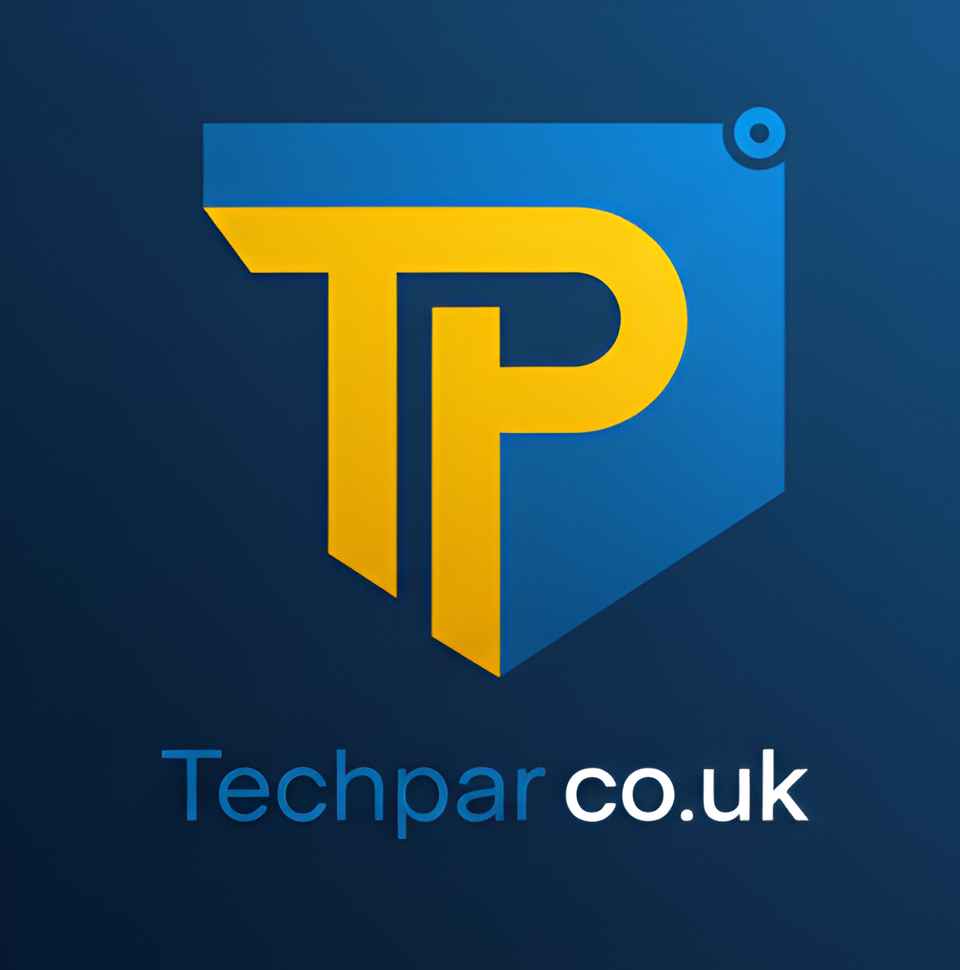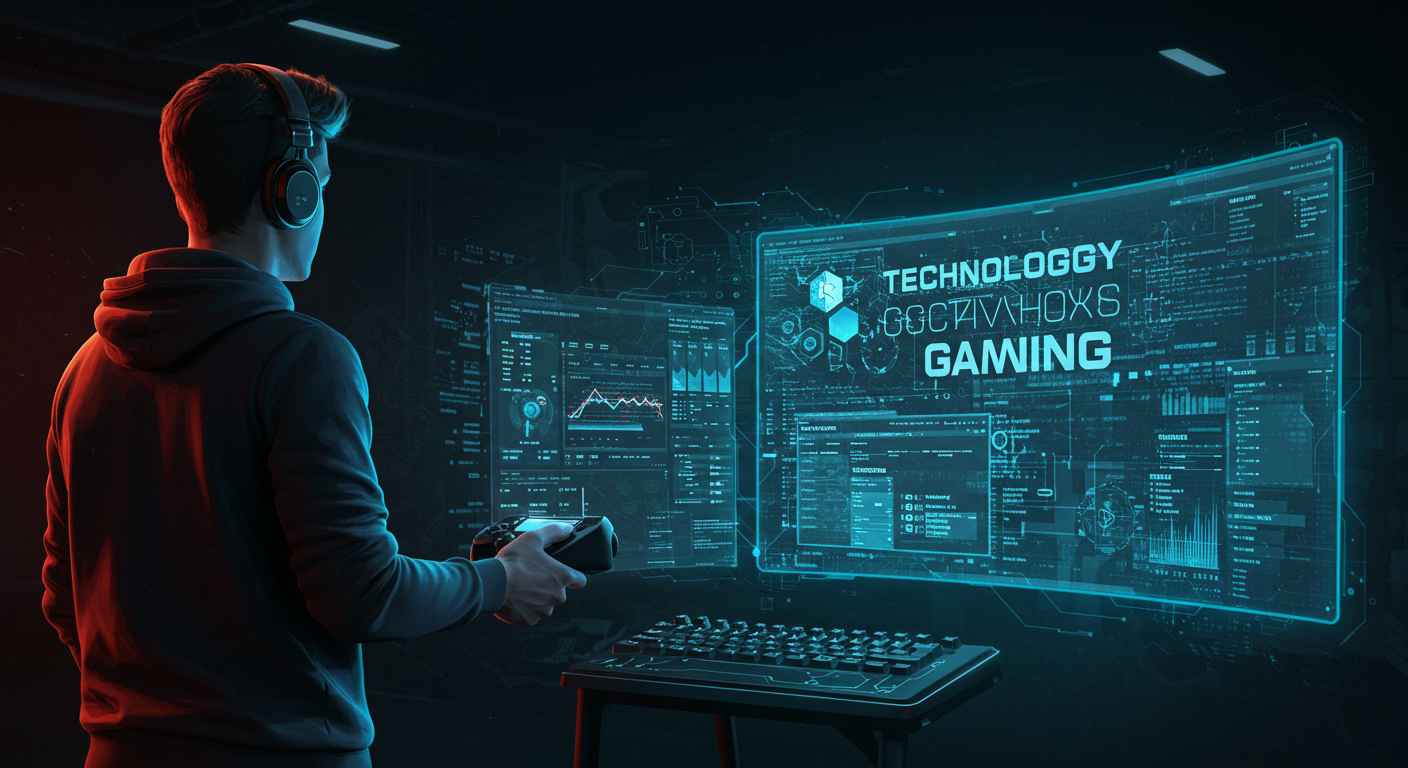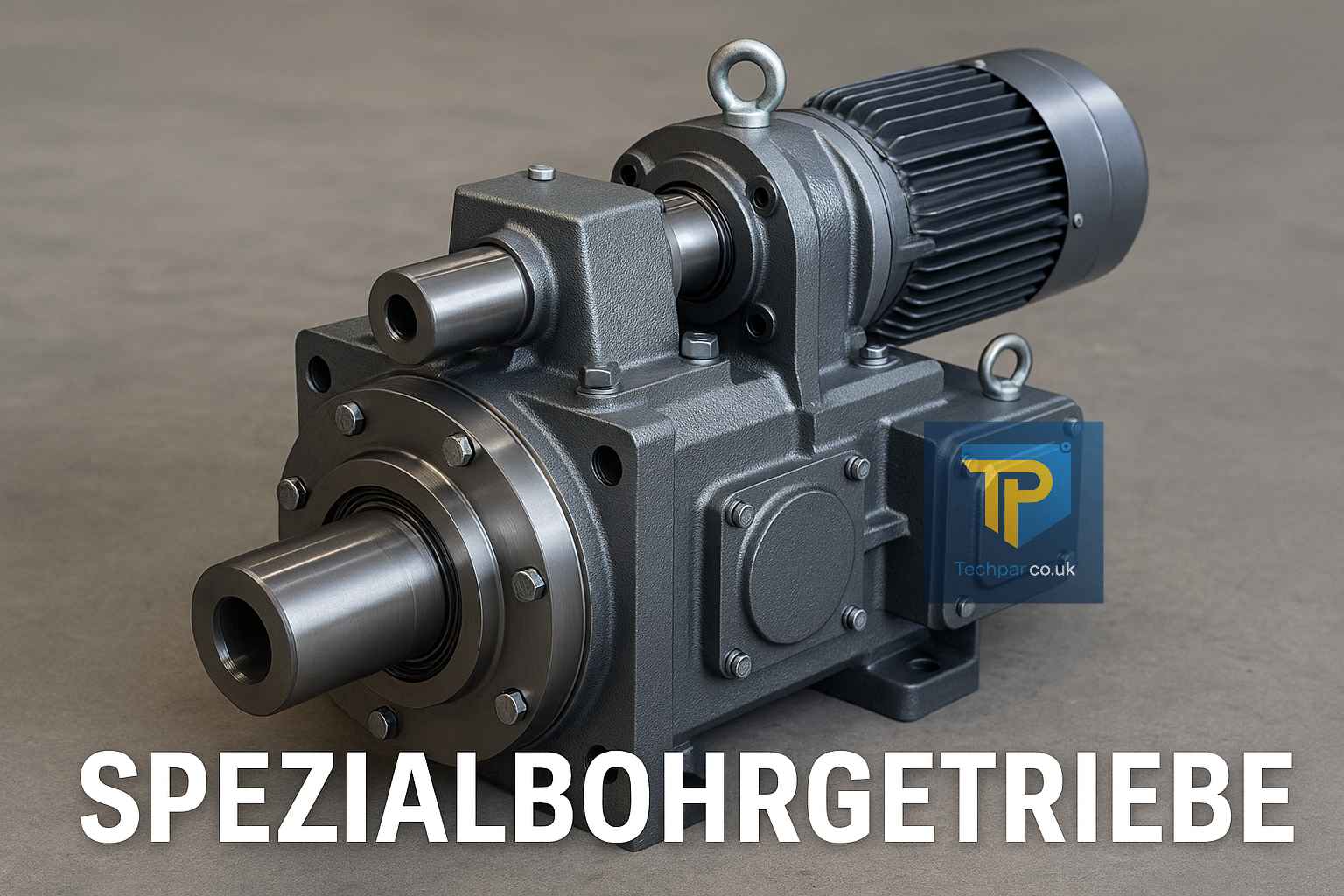In the ultra-competitive world of gaming, raw talent and strategy are only half the battle. The other half is technology—tweaks, tweaks, and more tweaks, lovingly dubbed technology hacks tgarchivegaming. Whether you’re a dedicated esports competitor or a weekend dungeon crawler, optimizing your rig can shave milliseconds off input lag, boost frame rates by double digits, and transform average visuals into silky-smooth, high-resolution masterpieces.
This comprehensive guide—your definitive technology hacks tgarchivegaming companion—dives into every corner of your setup. We’ll cover hardware upgrades, overclocking, cooling, storage acceleration, software optimizations, network tuning, audio/visual enhancements, macros, mobile/cloud strategies, VR/AR tweaks, and even a peek at AI-powered tools on the horizon. With 3,000+ words of in-depth detail, step-by-step instructions, and insider tips—all delivered in an empowering voice that celebrates women in tech—you’ll be armed with every trick needed to dominate your next match.
So grab your headset, fire up your PC, and let’s level up your system with the ultimate technology hacks tgarchivegaming playbook.
Why “technology hacks tgarchivegaming” Matter
Performance Ceiling vs. Performance Floor
Every gaming rig has two limits: the theoretical ceiling imposed by component specs, and the practical floor, where suboptimal settings and bottlenecks drag you down. technology hacks tgarchivegaming exist to raise that floor—eliminating unnecessary slowdowns so you consistently approach your hardware’s true potential.
-
Latency Reduction: Micro-delays in input processing or network communication can decide clutch moments. Proper hacks target both system and network latency.
-
Frame Rate Maximization: Squeezing every extra frame out of your GPU and CPU ensures smoother motion and shorter input-to-display times.
-
Thermal Stability: Heat throttling silently cripples performance; targeted cooling hacks keep clocks stable.
-
Resource Allocation: Software and OS tweaks free up memory, CPU cores, and I/O bandwidth, letting your game seize priority.
By systematically applying these technology hacks tgarchivegaming, you’ll not only boost raw benchmarks but also enjoy a more consistent, responsive, and immersive gaming experience—across genres and platforms.
Hardware Upgrades Fundamentals
Before diving into fine-tuning, ensure your base components are solid. Even the best hacks can’t fully compensate for obsolete or under-powered hardware.
Prioritize Balanced Builds
-
CPU & GPU Pairing: Avoid bottlenecks by matching a mid/high-end GPU with a capable CPU (e.g., Ryzen 5/7 or Intel i5/i7).
-
RAM Capacity & Speed: Aim for 16 GB minimum, 32 GB for high-end/multitasking setups; prefer DDR4-3200 MHz (or DDR5 if supported).
-
Power Supply Quality: Choose a reputable brand (Seasonic, Corsair, EVGA) with 80 Plus Gold certification and 20–30% headroom above peak load.
Case & Airflow Considerations
-
Intake vs. Exhaust Balance: Maintain slight positive pressure to reduce dust buildup.
-
Fan Count & Placement: Front/bottom intake; top/rear exhaust. Use filtered intakes to keep internals clean.
-
Cable Management: Tidy up cables behind the motherboard tray to improve airflow.
A well-balanced, properly cooled chassis lays the groundwork for every technology hacks tgarchivegaming to flourish.
Mastering Storage: SSDs, NVMe & Beyond
Game load times, stuttering in open-world titles, and asset streaming all depend heavily on storage performance. Make your biggest “wow” upgrade here.
NVMe vs. SATA SSD
-
NVMe M.2 Drives (Samsung 980 Pro, WD Black SN850): 3,000–7,000 MB/s reads, near-instant asset streaming.
-
SATA SSDs (Crucial MX500, Samsung 870 EVO): 500–600 MB/s reads—still 4–6× faster than HDDs, great for budgets.
Tip: Install your operating system and 2–3 most-played titles on NVMe, then a larger SATA SSD or HDD for secondary storage.
RAID & Caching Solutions
-
RAID 0 (striping) doubles throughput by splitting data across two drives—use with caution due to no redundancy.
-
Smart Caching Utilities (Intel Optane Memory): Accelerate HDDs by using a small NVMe module as cache, blending capacity with speed.
Maintenance & Lifespan
-
Enable TRIM:
fsutil behavior set DisableDeleteNotify 0in Windows to ensure old data is cleaned efficiently. -
Firmware Updates: Use manufacturer utilities monthly to get reliability fixes.
-
Health Monitoring: Tools like CrystalDiskInfo track drive health and temperature.
By mastering storage with these technology hacks tgarchivegaming, you’ll slay load screens and enjoy hitch-free exploration in sprawling game worlds.
CPU & GPU Overclocking Best Practices
Overclocking lets you push your existing silicon beyond factory limits—extracting free performance with proper precautions.
GPU Overclocking with MSI Afterburner
-
Power & Temp Limits: Slide power limit to +10–15%, temp limit to 85 °C.
-
Core Clock: Increase in +15 MHz increments; stress test 10 minutes after each bump using Unigine Heaven or 3DMark.
-
Memory Clock: Boost in +50 MHz steps; look for screen artifacts to know when to stop.
-
Fan Curve Customization: Keep loads under 75 °C by ramping fans early; silent at idle, aggressive when gaming.
Typical gains: 5–15% higher FPS in GPU-bound titles—enough to turn a locked-30 experience into a smooth 40+.
CPU Overclocking in BIOS/UEFI
-
Multiplier Tweaks: Raise core ratio one notch at a time (e.g., 36× to 37× on a 3.6 GHz base).
-
Voltage Adjustments: Add +0.01–0.05 V only as needed; stay under safe thresholds (1.35 V Intel, 1.4 V AMD).
-
Stability Tests: Run Prime95 “Small FFTs” or Cinebench R23 for at least one hour—monitor temps (under 85 °C).
-
Per-Core vs. All-Core: Beginners start with all-core overclock; enthusiasts can fine-tune per-core for extra headroom.
With careful steps, a Ryzen 5 or Intel i5 can gain 10–20% in CPU-bound situations—noticeable in strategy and simulation genres.
Optimizing Cooling & Thermal Management
Heat is the silent enemy of performance. Even the best overclocks fail if temps climb too high. Solid cooling is a core technology hacks tgarchivegaming pillar.
Air vs. Liquid Cooling
-
High-Airflow Tower Coolers (Noctua NH-D15, be quiet! Dark Rock Pro): Excellent performance, near-silent operation, simpler maintenance.
-
AIO Liquid Coolers (Corsair H100i/H150i, NZXT Kraken): Better thermal headroom for high overclocks; watch for pump noise and mounting complexity.
Thermal Paste & Contact
-
Premium Pastes (Arctic MX-5, Thermal Grizzly Kryonaut): 1–2 °C advantage over stock paste.
-
Application Method: Pea-size dot in center; press down cooler evenly. Avoid “rice-grain” or “X” for consistent coverage.
Case Ventilation Upgrades
-
Intake/Exhaust Ratio: Aim for +1–2 fans intake vs. exhaust to maintain positive pressure, minimizing dust entry.
-
Fan Quality: PWM fans let you balance silence vs. airflow; 120 mm or 140 mm blades move more air at lower RPMs.
By combining top-tier cooler selection, precision paste application, and smart airflow, you’ll keep clocks high and thermals low—critical for stable, consistent framerates.
Software & OS-Level Game Tweaks
Fine-tuning your operating system and background processes falls under the umbrella of technology hacks tgarchivegaming—free performance with zero hardware changes.
Windows 10/11 High-Performance Mode
-
Power Plan: Control Panel → Hardware and Sound → Power Options → High Performance (or Ultimate Performance on Pro editions).
-
Processor Power Management: Set minimum processor state to 100% under advanced settings for zero CPU down-clocking.
Game Mode & Graphics Priority
-
Game Mode: Settings → Gaming → Game Mode → On. Allocates CPU/GPU resources to active game.
-
Graphics Settings: Settings → System → Display → Graphics settings; assign “High Performance” GPU to your game’s .exe.
Background App & Startup Controls
-
Task Manager → Startup Tab: Disable OneDrive, Teams, Spotify, and other non-essentials.
-
Privacy → Background Apps: Turn off apps you never use.
-
Focus Assist: Settings → System → Focus Assist → Alarms Only during gaming sessions—blocks notifications.
These OS-level tweaks unlock memory, CPU cycles, and I/O bandwidth—powering your games as if on a lighter system.
Network & Latency Enhancements
A smooth 60 FPS matters less if your 200 ms ping makes every shot a gamble. Effective technology hacks tgarchivegaming include network optimizations.
Wired vs. Wireless
-
Ethernet: Always prefer wired gigabit; near-zero packet loss, minimal jitter.
-
5 GHz Wi-Fi: If cabling isn’t possible, use 5 GHz channels free of interference; avoid crowded 2.4 GHz bands.
Router QoS & DNS
-
Quality of Service (QoS): Access your router’s admin interface; prioritize gaming PCs or console MAC addresses.
-
Custom DNS: Use Cloudflare (1.1.1.1) or Google DNS (8.8.8.8) for faster name resolution.
Gaming VPNs & Traffic Shaping
-
WTFast, ExitLag, NoPing: Reroute traffic on congested routes to cut latency spikes.
-
Split Tunneling: Route only game traffic through VPN, leave everything else on direct connection.
By eliminating jitter, smoothing out spikes, and ensuring fast DNS lookups, you retain crisp responsiveness in every online match.
Audio & Visual Tuning
Seeing more pixels and hearing precise cues often wins gunfights before reflexes even kick in.
Virtual Surround & Spatial Audio
-
Windows Sonic: Right-click volume → Spatial Sound → Windows Sonic for Headphones—free, solid positional cues.
-
Dolby Atmos for Headphones: Paid upgrade via Microsoft Store; premium spatial accuracy.
Equalization & Chat Cleanup
-
Equalizer APO + Peace GUI: System-wide EQ profiles; boost critical frequencies (2 kHz–4 kHz) for footsteps/closes.
-
Noise Suppression: Software like Krisp or RTX Voice to eliminate background chatter in voice comms.
Display Settings & G-Sync/FreeSync
-
Adaptive Sync: Enable G-Sync (NVIDIA) or FreeSync (AMD) in GPU control panel + monitor OSD to remove tearing.
-
HDR Calibration: Use Windows HDR settings or in-game HDR sliders to optimize brightness without washout.
Fine-tuned audio helps you hear enemies before you see them; crisp visuals let you spot details at a glance.
Automation & Macro Tools
Free your hands for critical moments by offloading repetitive tasks to scripts and devices.
AutoHotkey Macros
-
Scripting: Bind complex combos or rapid-fire toggles to single keys.
-
Example:
ahk#Persistent
SetTimer, AutoFire, 20
Return
If GetKeyState(“ScrollLock”, “T”)
Click
ReturnUse ScrollLock to toggle rapid-fire loops during grinding sessions.
Elgato Stream Deck
-
Profiles: Dedicated profiles per game—one button for voice chat mute, another to switch overlays.
-
Multi-Action Chains: Single press to launch recording, mute mic, and display donation alert.
Automation hacks free mental bandwidth, letting you focus on tactics and execution in real time.
Mobile & Cloud Gaming Hacks
Your rig isn’t the only battlefield—mobile and cloud platforms can be optimized too.
Mobile Gaming Battery & Thermal
-
Performance Mode: Many phones (Samsung Game Booster, ASUS ROG) throttle notifications but boost CPU/GPU clocks—at the expense of battery life.
-
Network: Use 5 GHz Wi-Fi over 4G/5G for stable connections; conserve battery by disabling 5G when not needed.
Cloud Gaming Essentials
-
Stable Upload: Wire your router to ensure stable 10+ Mbps upstream for cloud services.
-
Server Choice: Pick the nearest server region in GeForce Now, Xbox Cloud Gaming, or Stadia to minimize latency.
With these mobile and cloud technology hacks tgarchivegaming, your entire gaming ecosystem—from phone to server farm—performs at its best.
VR/AR Performance Tips
Immersion can be disrupted by stutter or tracking jitters. These VR-specific hacks keep you in the moment.
Meta Quest & SideQuest
-
Developer Mode: Enable via Oculus app to sideload performance mods.
-
Refresh Rate Overclock: Community tools unlock 90 Hz or 120 Hz modes—smoother visuals, lower motion sickness.
PC VR & SteamVR Advanced Settings
-
Supersampling: Keep between 75–100% to balance clarity vs. framerate.
-
Motion Smoothing: Activate via SteamVR to interpolate frames when GPU dips.
Tracking tips:
-
Reflective Markers on walls for additional tracking points.
-
Clear Play Space of obstacles to avoid occlusion.
Future Trends & AI Integration
The next wave of technology hacks tgarchivegaming leverages machine learning and AI to automate optimization.
13.1 AI-Powered Game Profilers
-
NVIDIA G-Assist: Analyzes hardware and recommends per-title settings, power limits, and overclock profiles automatically.
-
AMD Radeon Boost & FSR AI: Dynamically adjusts resolution and detail levels based on scene complexity.
13.2 Real-Time Frame Generation
-
DLSS 4 / FSR 4: Beyond upscaling, these tools generate entirely new frames, bridging gaps to achieve ultra-high framerates with minimal artifacting.
-
Edge AI in Cloud Gaming: Reduced latency via on-prem edge servers that pre-predict player movements and pre-render frames.
As AI matures, optimization will shift from manual tweaking to intelligent, context-aware systems—truly the future of technology hacks tgarchivegaming.
Conclusion
From foundational hardware choices and storage mastery through advanced overclocking, cooling strategies, software tweaks, network optimization, and immersive audio/visual tuning—this 3,000-word guide has covered every aspect of technology hacks tgarchivegaming. We’ve shown you how to push your rig’s true potential, streamline repetitive tasks with macros, optimize mobile and cloud environments, and glimpse at AI’s upcoming role in dynamic performance tuning.
Now it’s your turn. Pick the hacks most relevant to your setup, apply them methodically, and monitor gains with benchmarks. Share your successes (and challenges) with the TGArchiveGaming community, and continue iterating as new tools emerge. With diligence and these proven strategies, you’ll achieve smoother gameplay, faster load times, rock-solid frame rates, and the competitive edge you crave. Game on!
You May Also Read: lg coco – malviya na: A Retro Revival for Feminine Simplicity in the Heart of Delhi









Leave a Reply